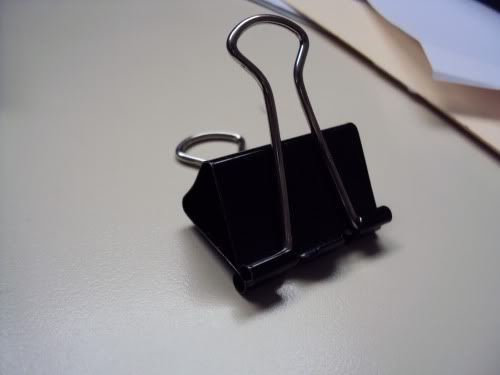Hi Folks,
I have a mint SX-1080 I bought off Ebay a few years ago. It has had to be cleaned and over the last two years by just using it and working the controls it seems to be OK.
I'm driving a brand new pair of Cerwin Vega CLS-15 speakers.
Problems:
1) I find with the tone defeated or all tone controls at the 0 Settings ( flat ) the high end is dead - very lifeless, muffled. I have to turn on the Tone toggle and use the 25 KHz Turnover setting, with the Tone knob swung to the # 4 position to get a nice clear ( not overly bright ) sound.
Question: I've been reading many posts about this receiver and some allude to needing a recapping. Is the age of this receiver showing and I may need a recap in the tone circuits?
2) Sometimes I like to crank the volume. These speakers are rated to handle everything this receiver can dish out. I have noticed when I have the Volume control at the 1 o'clock position the sound pressure is insane and aweseome. No distortion whatsoever. However, if a really heavy bass track comes on at that volume, the receiver protection circuit kicks in and kills the sound. It will click back on and stay on if I drop the volume to the 11 or 12 o'clock position.
Question: Is the receiver showing it's age and perhaps unable to output at that level anymore? Could this be another capacitor issue?
I'm trying to decide whether to send this out to get it overhauled.
Any help would be appreciated.
Cheers!
I have a mint SX-1080 I bought off Ebay a few years ago. It has had to be cleaned and over the last two years by just using it and working the controls it seems to be OK.
I'm driving a brand new pair of Cerwin Vega CLS-15 speakers.
Problems:
1) I find with the tone defeated or all tone controls at the 0 Settings ( flat ) the high end is dead - very lifeless, muffled. I have to turn on the Tone toggle and use the 25 KHz Turnover setting, with the Tone knob swung to the # 4 position to get a nice clear ( not overly bright ) sound.
Question: I've been reading many posts about this receiver and some allude to needing a recapping. Is the age of this receiver showing and I may need a recap in the tone circuits?
2) Sometimes I like to crank the volume. These speakers are rated to handle everything this receiver can dish out. I have noticed when I have the Volume control at the 1 o'clock position the sound pressure is insane and aweseome. No distortion whatsoever. However, if a really heavy bass track comes on at that volume, the receiver protection circuit kicks in and kills the sound. It will click back on and stay on if I drop the volume to the 11 or 12 o'clock position.
Question: Is the receiver showing it's age and perhaps unable to output at that level anymore? Could this be another capacitor issue?
I'm trying to decide whether to send this out to get it overhauled.
Any help would be appreciated.
Cheers!


















